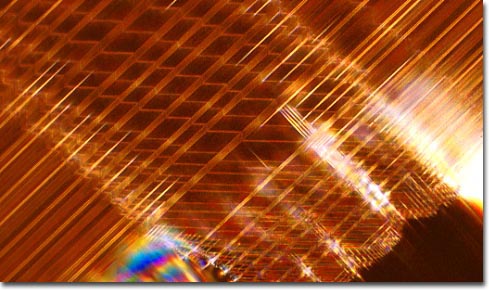|
Lanthanum aluminate is a combination of aluminum, oxygen, and lanthanum, a rare-earth metal that is a member of the periodic table’s transition Group IIIb. Ductile and silvery white in color, lanthanum is so soft that it can be cut with a simple blade. The element, was first discovered in 1839 by C. G. Mosander, but was not isolated in a relatively pure form until many years later in 1923. Thus, its name, which is derived from the Greek word lanthanein, meaning “to be concealed,” is well-suited to the element, signifying the difficulty in its isolation. Lanthanum is a very reactive metal that strongly reacts with hot water and oxidizes quickly when exposed to dry air. Two different isotopes of the substance can be found in nature, one of which is quite stable and the other of which exhibits long-lived radioactivity.
|
